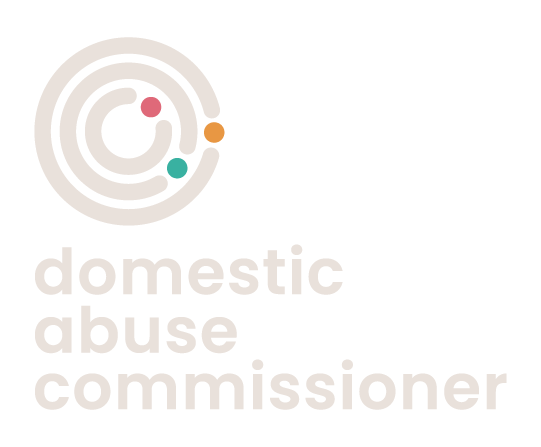Everyone has a part to play when it comes to tackling domestic abuse and the media certainly has a key role when it comes to shaping the debate; raising awareness and helping us all to think about the way we consider domestic abuse as a society.
Domestic abuse affects about 2.3 million adults every year and yet it is often misunderstood and remains hidden in the shadows. The media played a great role during the Covid pandemic to shine a light on domestic abuse and more broadly violence against women and girls, but I believe more needs to be done.
Women in Journalism, AVA and Level Up joined forces to host a panel event as part of the 16 days of action against gender-based violence which I was lucky enough to be invited to take part in.
The panellists explored the role that journalists play in influencing the way domestic abuse is understood across society and how to produce stories that hold power to account for and improve public understanding of domestic abuse.
During the event AVA and Level Up launched a new project which will start next year to train journalists to sensitively report on domestic abuse and domestic homicide.
I think this work is essential, to better understand of the dynamics of domestic abuse and the wider context – we need to reframe the debate, we need to think about the language we use to describe incidents of domestic abuse.
Every three days in the UK, a woman is killed by a partner or ex-partner. Fatal domestic abuse often follows many years of abuse but often when a man kills his partner or his ex-partner it’s reported in the papers as though it came out of the blue.
Domestic abuse is a pattern of controlling behaviour, where the perpetrator exerts increasing levels of power and control over the victim. Latest statistics show us that, of all women killed at the hands of a partner or ex, half are killed within one month of separating from the abusive partner. 90% are killed within one year of separation (ONS, 2017).
When someone kills their partner or ex-partner, it marks the brutal endpoint to a sustained period of coercive control. When a victim decides to end a relationship with an abusive partner, the abusive partner loses their control over their victim. Taking someone’s life is an act of ultimate control. Professor Jane Monckton-Smith’s research on the homicide timeline has shown us just how these killings follow the same pattern.
These murders are not sparked by “a row over oven chips”, as some of the headlines this year would mislead you to think.
I believe that one way we can stop more women being killed is to reframe the way we talk about these deaths – and journalists can play their part by accurately reporting domestic abuse deaths. It’s really important that reporting reflects the bigger picture. We still have a lot to do to depart from that tendency to not put these crimes of domestic abuse in a greater context in the media and to assume the public is only interested in knowing about the victims personal details.
Since Level Up’s media guidelines on reporting fatal domestic abuse were introduced in 2018, and backed by both press regulators, there have been significant improvements in the way that domestic abuse deaths are reported. Level Up’s guidelines, developed by Janey Starling along with victims’ families, domestic abuse experts and journalists, comprise of four key principles for journalists:
1. Accountability: centre perpetrator’s actions. Don’t frame the killing “after” a woman’s actions or give a spurious trigger.
2. Images: centre the victim. Don’t place their images next to each other or publish images of the murder weapon.
3. Dignity: avoid sensationalist and graphic details, remembering that the victim’s family and children will read this coverage for years to come.
4. Accuracy: name the crime as domestic abuse and include the domestic abuse helpline in the footer.
These tips are simple and effective and are a tool that can be used by newsrooms. In a country where domestic abuse deaths are a weekly occurrence, the onus is on every single one of us to do what we can. When these guidelines are not followed, journalists are unhelpfully participating in a cultural narrative that perpetuates – rather than prevents – domestic abuse.
It’s been widely accepted that careful reporting plays a huge role in suicide prevention. We view suicides as a public health problem that all of us play a role in ending. I would like to see the same principles being applied for domestic abuse deaths. Both suicides and domestic abuse deaths are sensitive and preventable, and the press has a huge part to play.
One impactful public health intervention to address domestic abuse is to report women’s deaths with accuracy, sensitivity, and dignity. Remember: dead women don’t get a right of reply.
The training by Level Up and AVA starts in 2022 and will focus on how to ensure reporting of domestic abuse helps to shape the debate in a positive way to ensure that there is a better understanding of the reality of domestic abuse.
This is a really positive step forwards which I believe will help us to prevent domestic abuse in the future.

